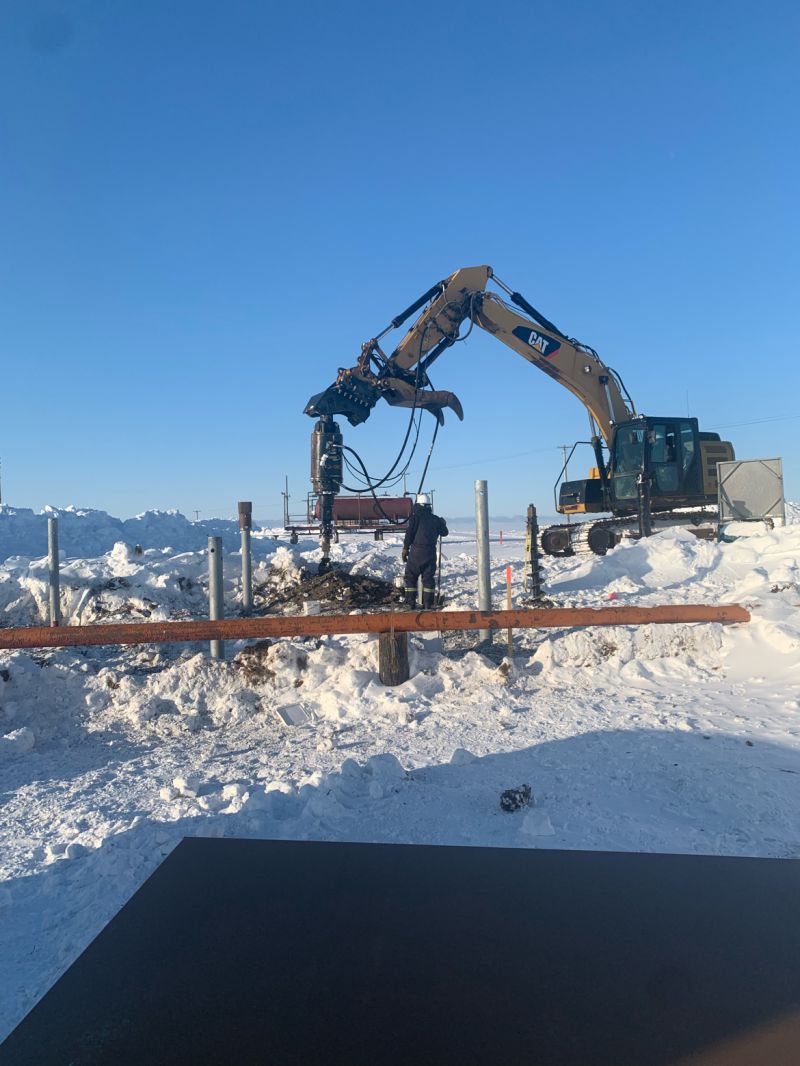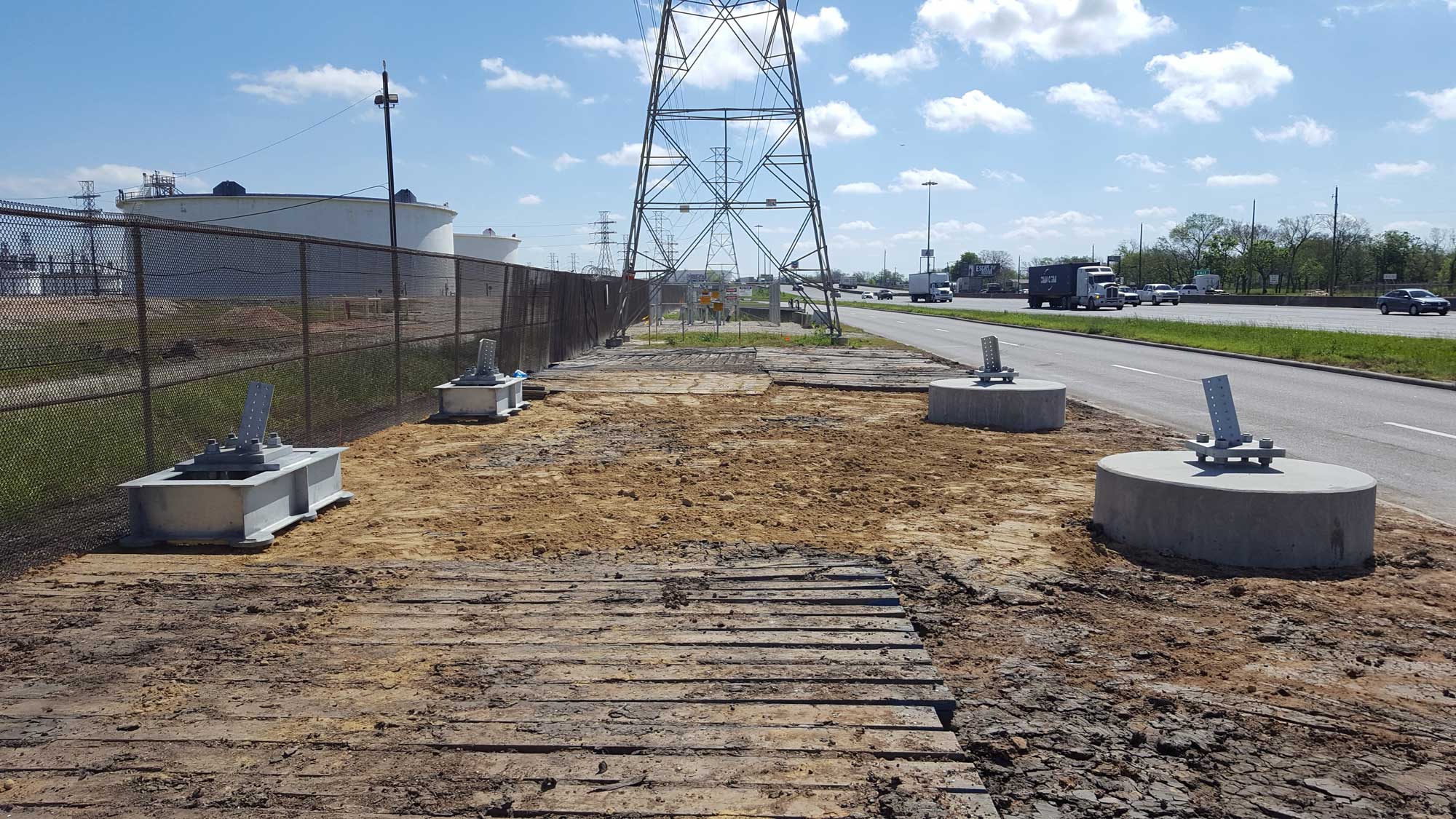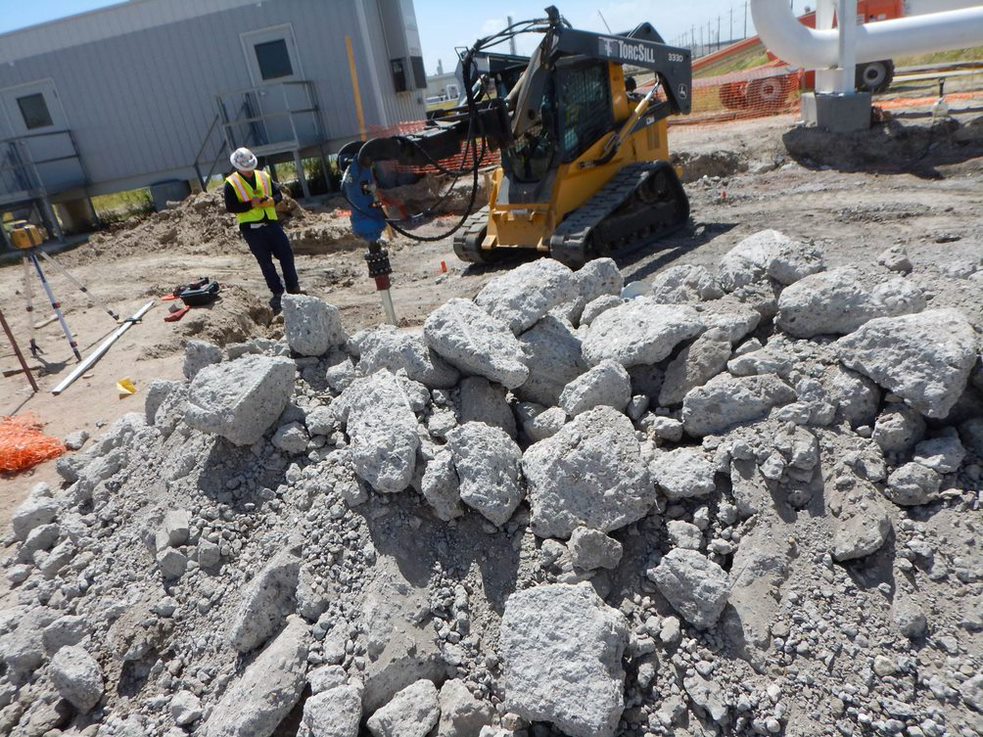Executive Summary
Below is the basic concept of TorcSill’s approach to transformer containment and foundation support: During this project there were 2 Siemens (285k lbs 3 phase) units to be installed in 12 days, as well as another 2 GE Prolec (420K lbs 3 phase) units going on a similar setup in May.
This process is becoming more widely accepted as companies see what can be done; in this case, what can be done to 2 of these pits in 4 days. There is no limit on the size of the unit. The manufacturer informed TorcSill of the points at which the piles needed to be located.
The carbon neutrality goals of the end user must be kept in mind during these types of projects. By using the originally proposed amount of concrete (122 cu yds), this unit would have generated close to 64,000 pounds of CO2. By using TorcSill piles and eliminating the use of concrete, only 24,000 pounds of CO2 was generated. If a utility is looking to reduce carbon emissions then implementing piles as an alternative to concrete in a substation makes a huge impact. In a third party study commissioned, helicals produced 50% of the CO2 that concrete produces for the same foundation solutions. In many cases, less than half. Using helical piles creates better value for the utility as well and always reduces the anticipated schedule.
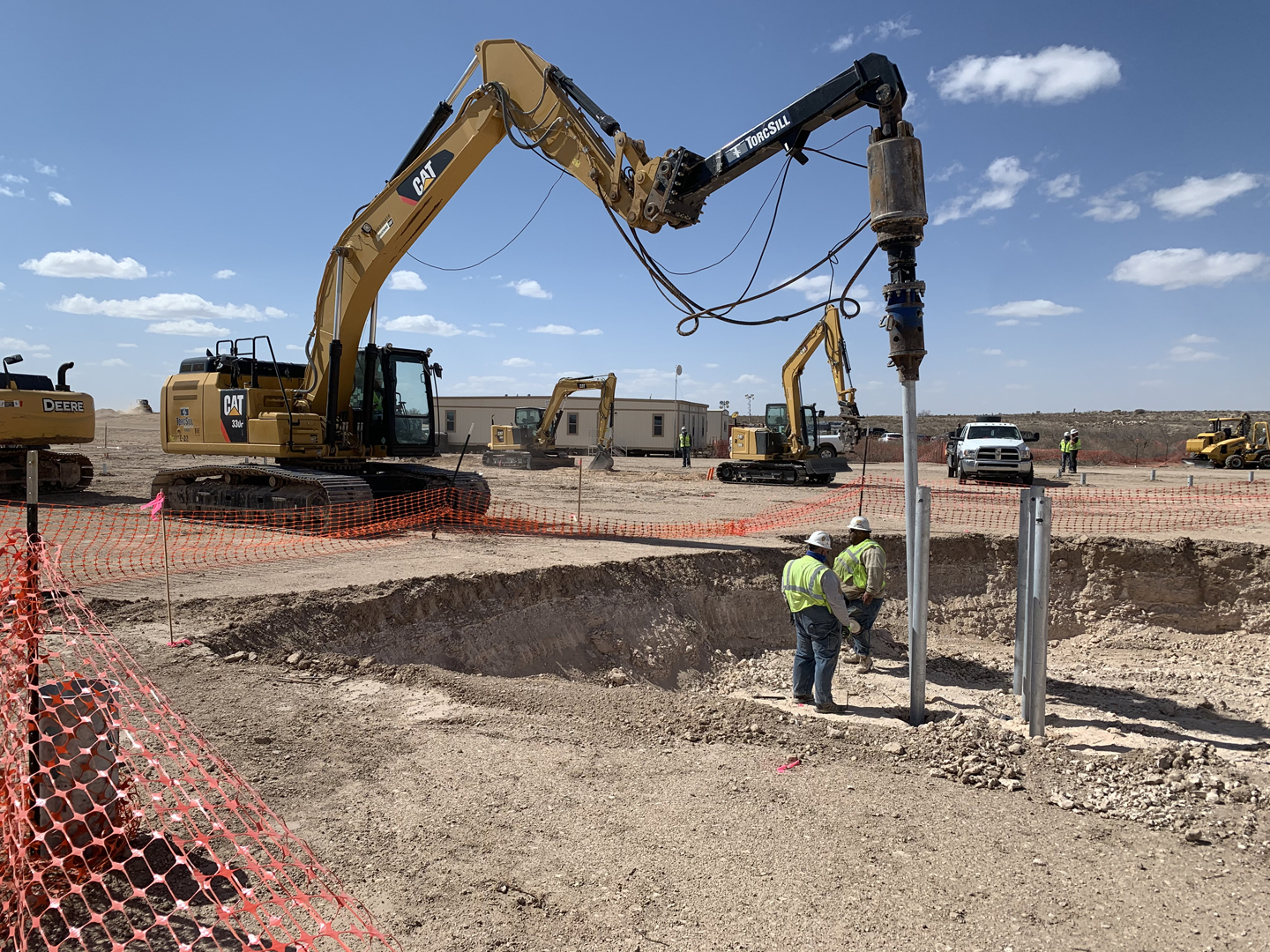
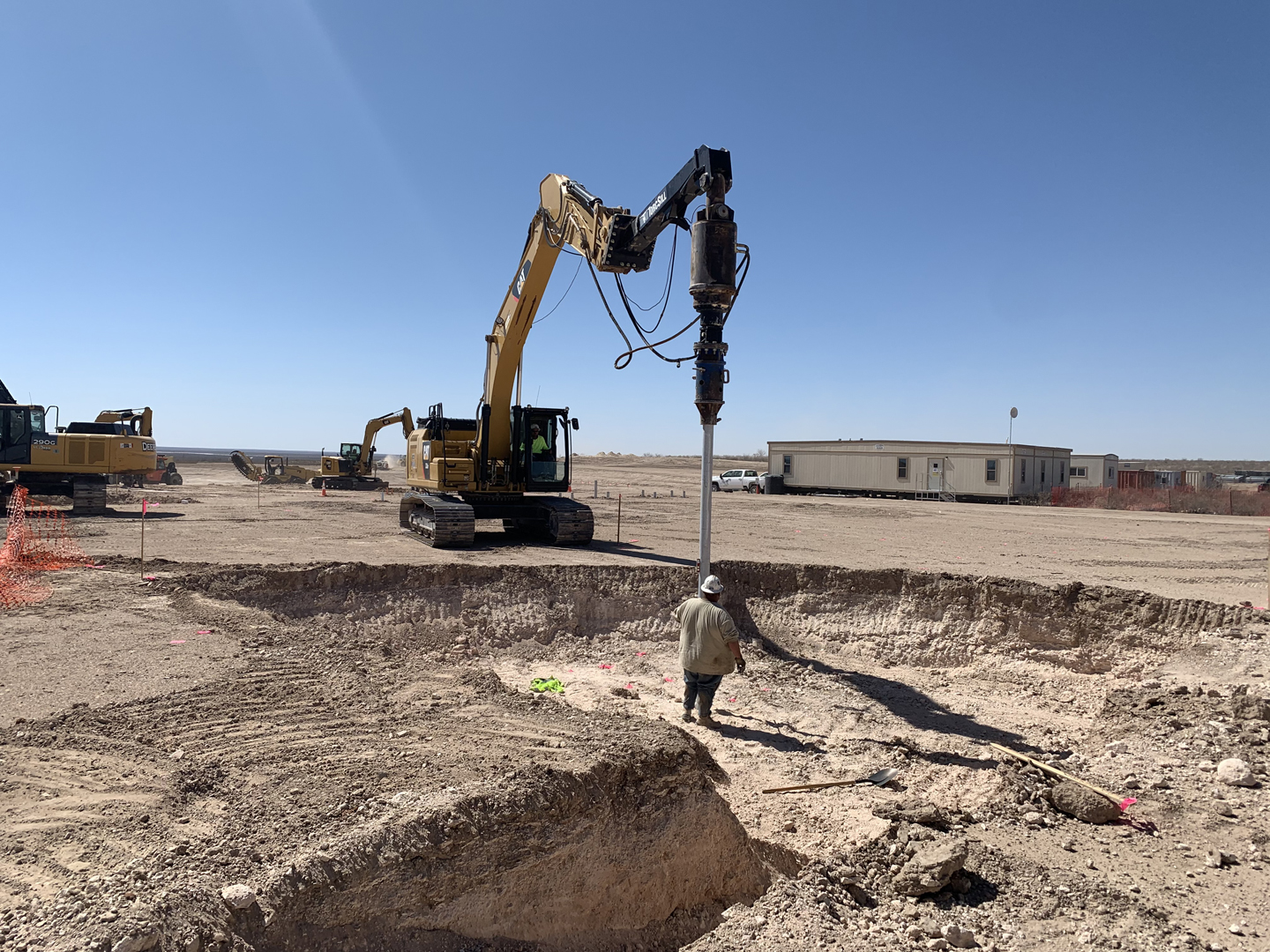
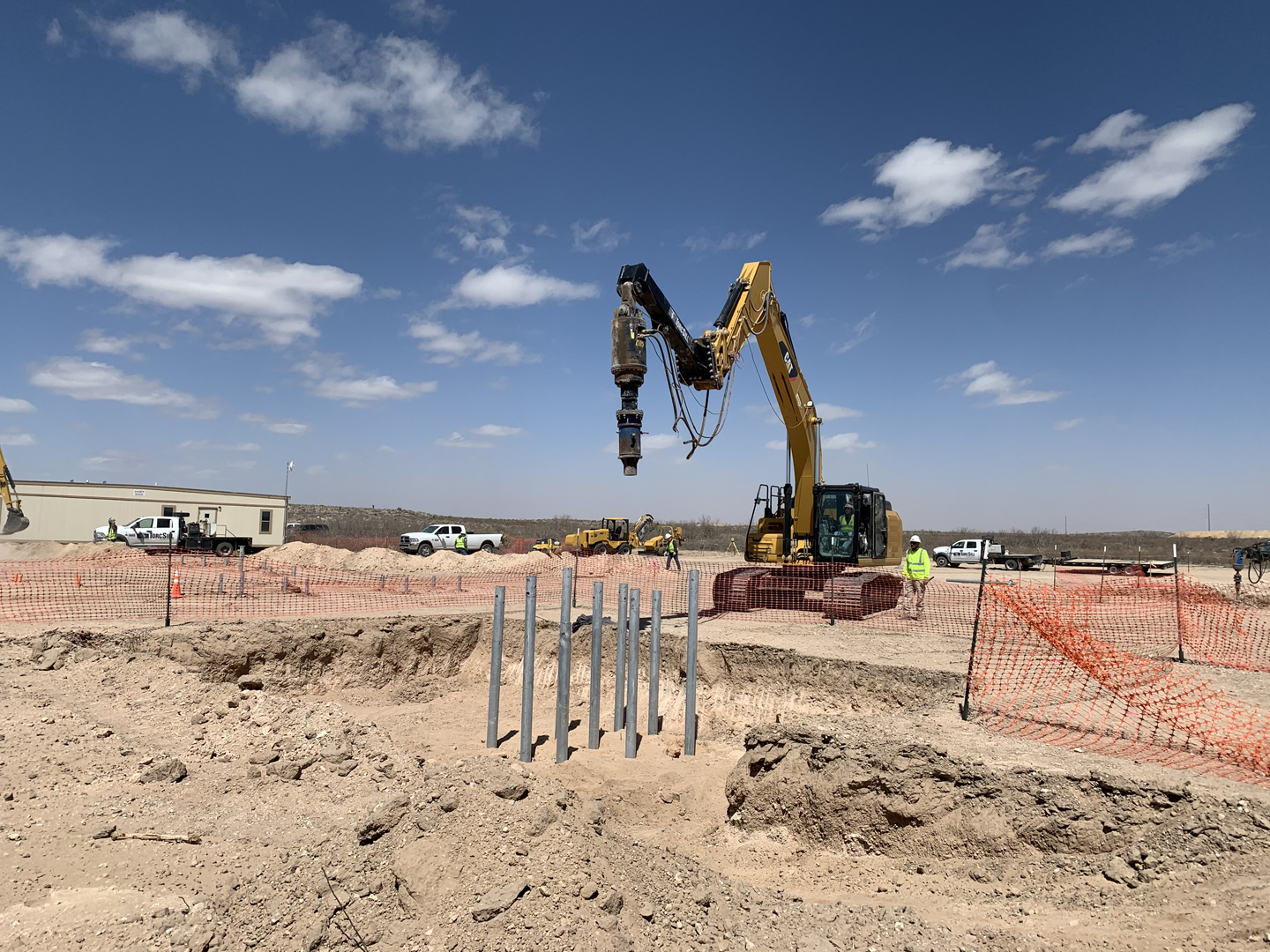
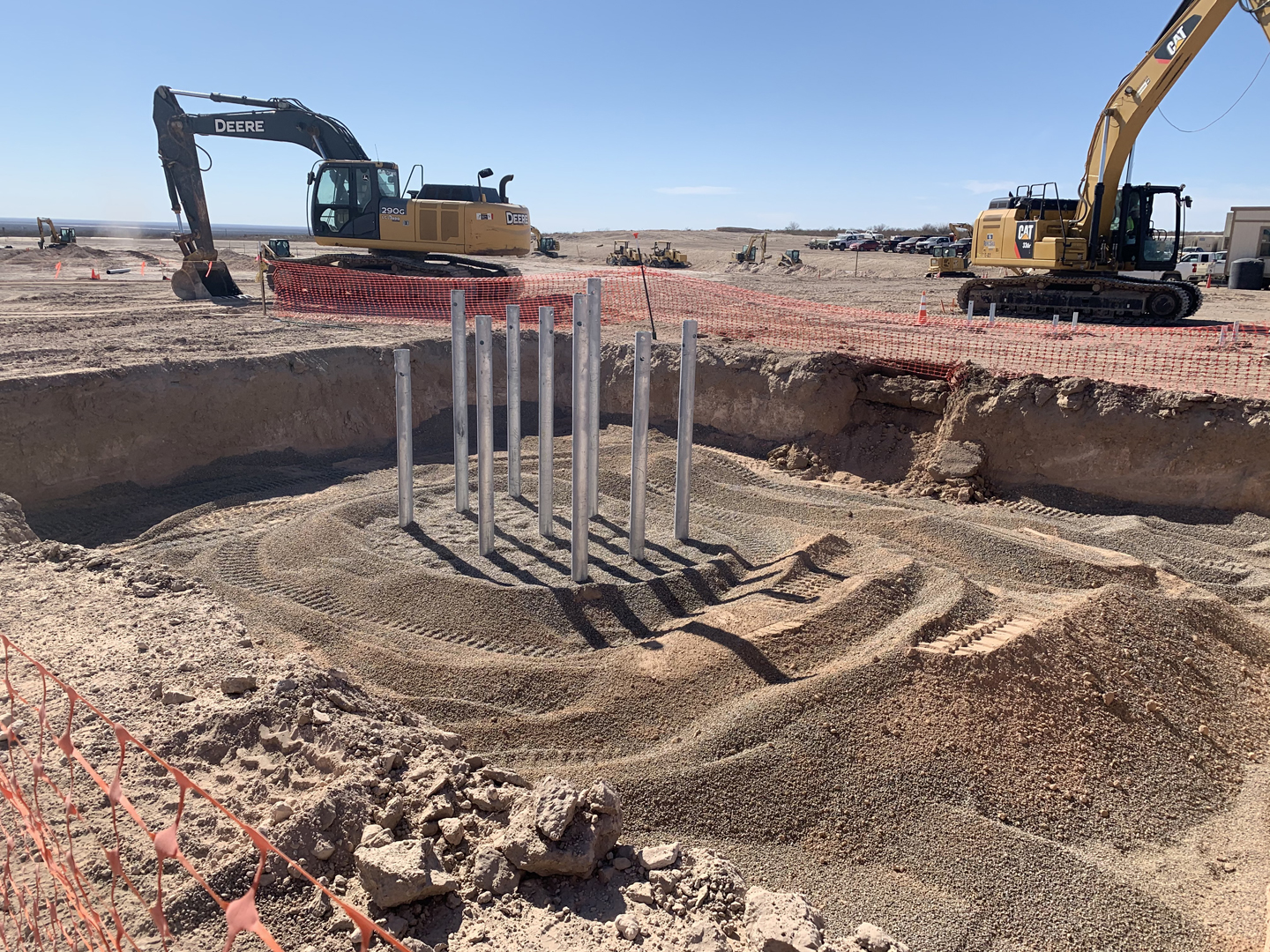
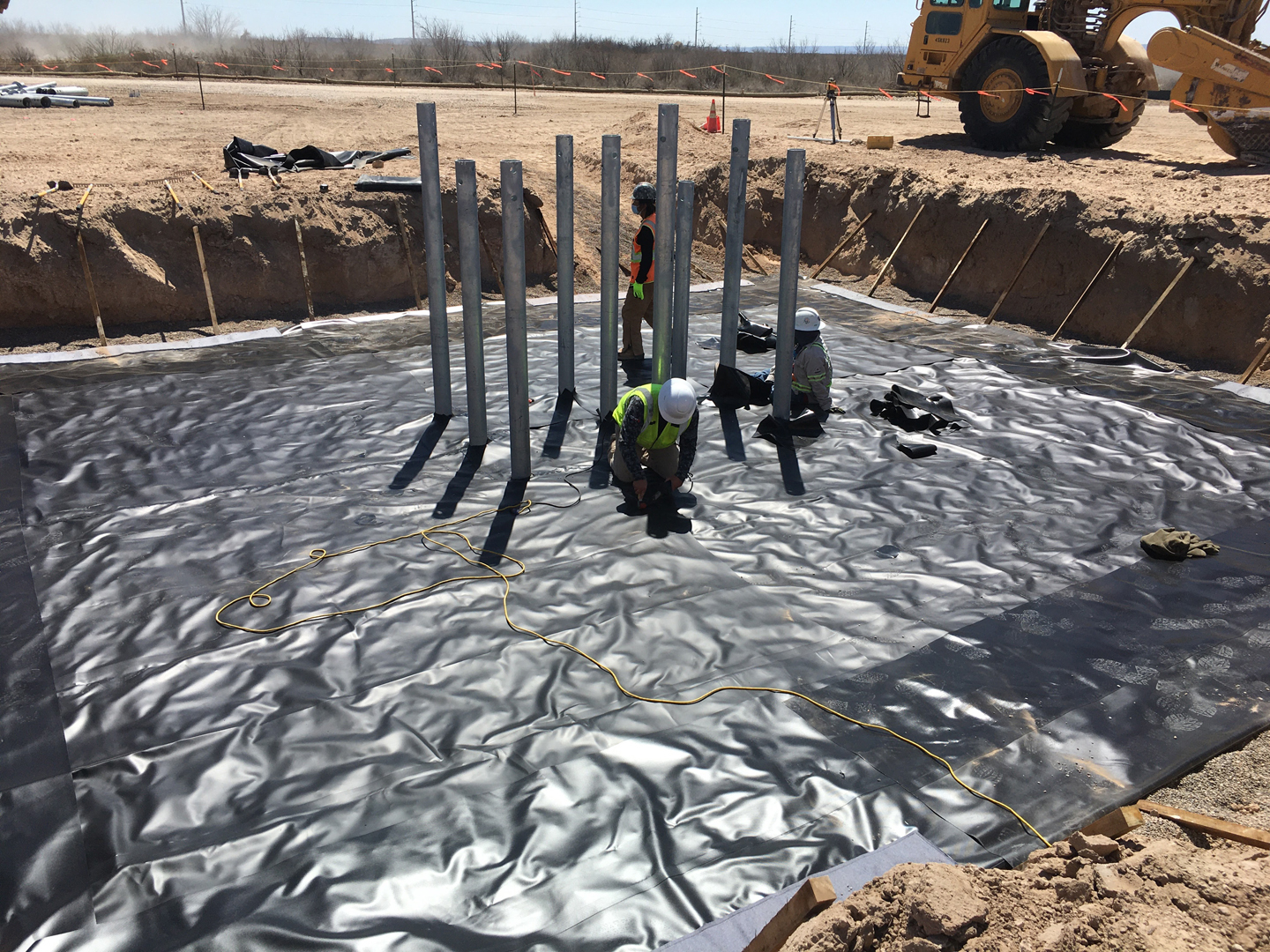
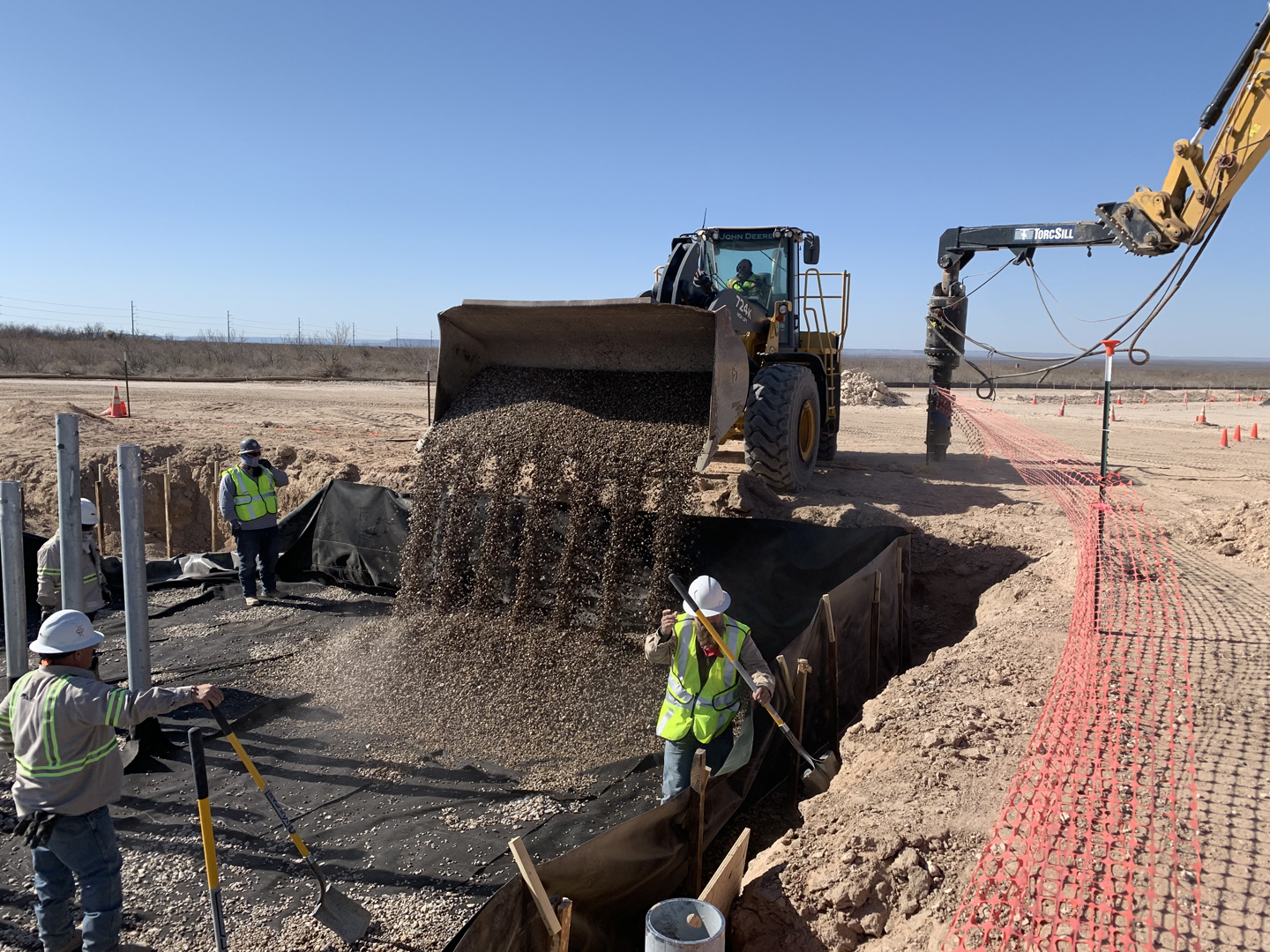
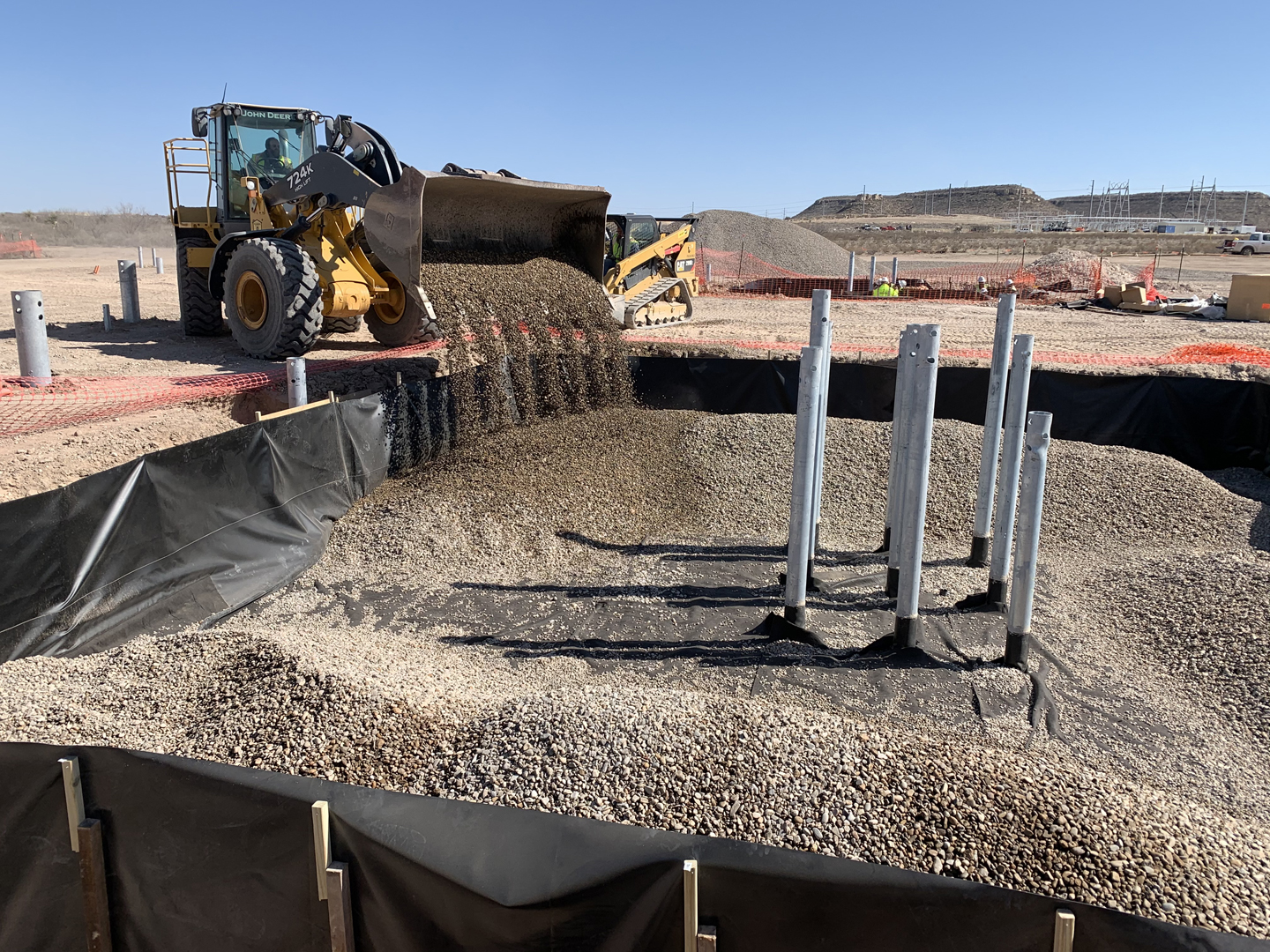
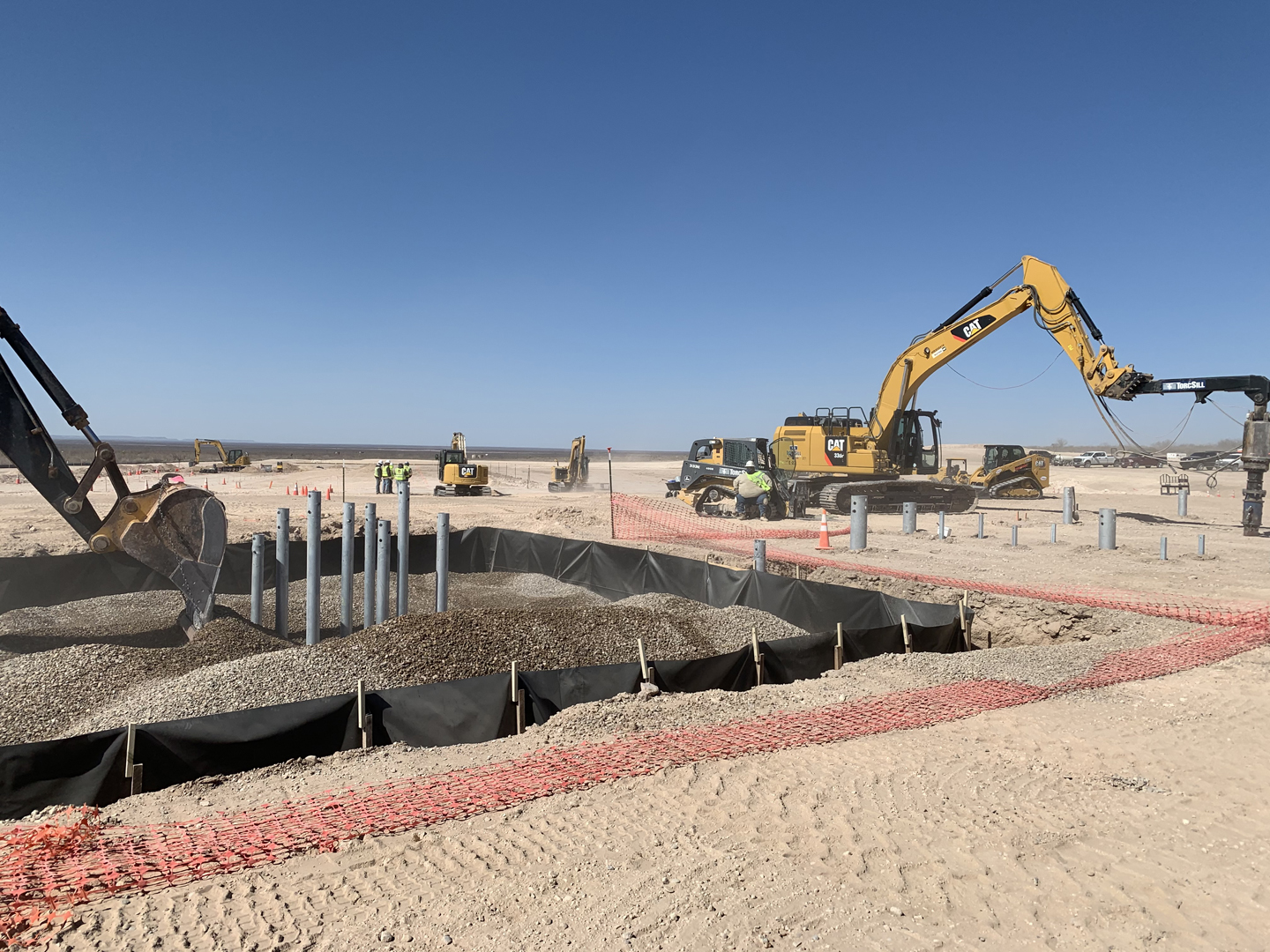
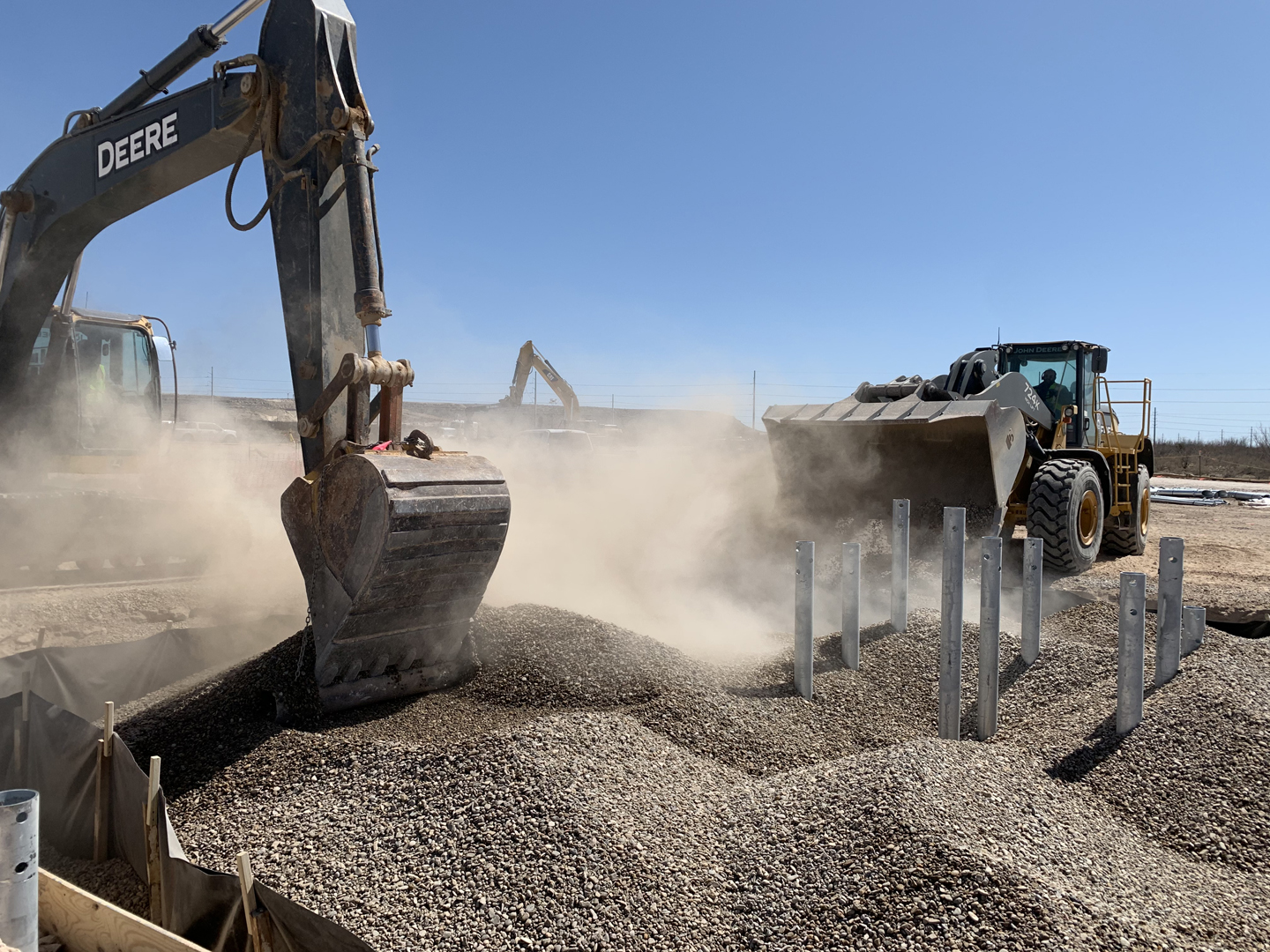
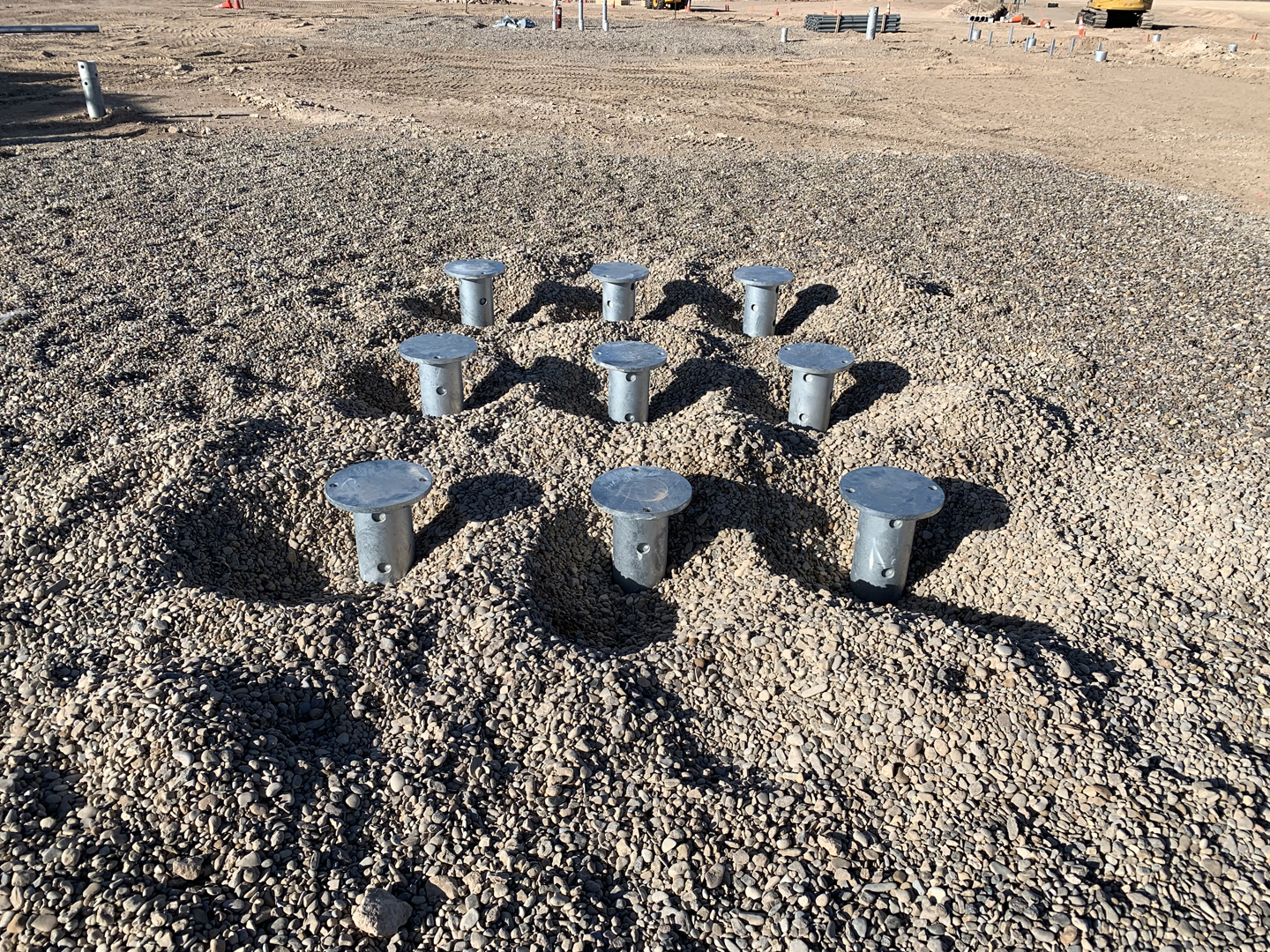
FAQ
What is the expected lifetime for the piles? How is corrosion mitigated? For the utility customers where transformers are critical infrastructure, this must be a long-lasting solution.
The design life of the piles is determined by you or your end user. The piles created for this TorcSill project described previously were designed for 75 years. This means that at the end of 75 years the pile can fully support 100% of the original design load.
TorcSill analyzed the soil profiles from the Geotech report from site. Depending on the corrosivity levels, TorcSill determined if it was required to galvanize the pile or if adding sacrificial thickness to the wall was needed. In some cases, both are needed. TorcSill followed the AC358 guidelines on this, which is accepted industrywide. In some instances the Kings method for galvanization is used, which is represented in the following table. Either way, design life is factored into the original design and based on each user’s individual needs.
Do you have any studies/issues with excessive vibration of the transformer/foundation?
TorcSill was founded in the oil and gas industry, providing an extensive background in dealing with significant vibration and pile applications. TorcSill has worked with many compressor skids which have had a significant weight (some over 500,000 lbs.) and amplitude (over 10 FT KIPS/Second of vibration). A transformer under full load would likely not register as much vibrating on this scale, but would be without a doubt less than 1 FT KIP/Second. TorcSill uses solid piles under loads of this magnitude with no connections. This allows for the only potential point of failure to be within the weld at the helix, which lies at the bottom of the pile. These are usually 15 to 20 feet long depending on the soil conditions and loading profiles. Any vibration from the transformer would be dissipated through the skin friction of the soil long before it would ever to the helix. TorcSill uses a factor of 2 in their designs unless otherwise requested. For example: a 500,000 pound transformer would be put on a foundation to accommodate an axial capacity of 1,000,000 pounds.
Have you seen transformers or other applications with concrete pads on top of the helical piles?
TorcSill has not specifically seen this for transformers, although it is frequently done with buildings and pad foundations in poor soils. It could easily be done, although it would lose all of the advantages previously gained by going with a pile. It would still be required to form, weld rebar, pour and wait for the cure time before setting. There could be a situation where this could arise if the utility wanted concrete but the soils, for example, were too poor for it; in this case a pile solution would make more sense. In addition, the piles give you back a lot of volume in the containment under the transformer allowing the pits to be smaller and shallower. When you put the pad underneath you lose all the space for containment and the pit grows.
If there is a significant spill and transformer containment and/or the fill needs to be replaced, it seems the piles may be exposed and the unit would have to be removed from the pile foundation… correct?
This design actually assumes the stone is not there. The stone can be vacuumed out and replaced without doing anything to the unit. If there was no stone in the pit you could run in that condition.


